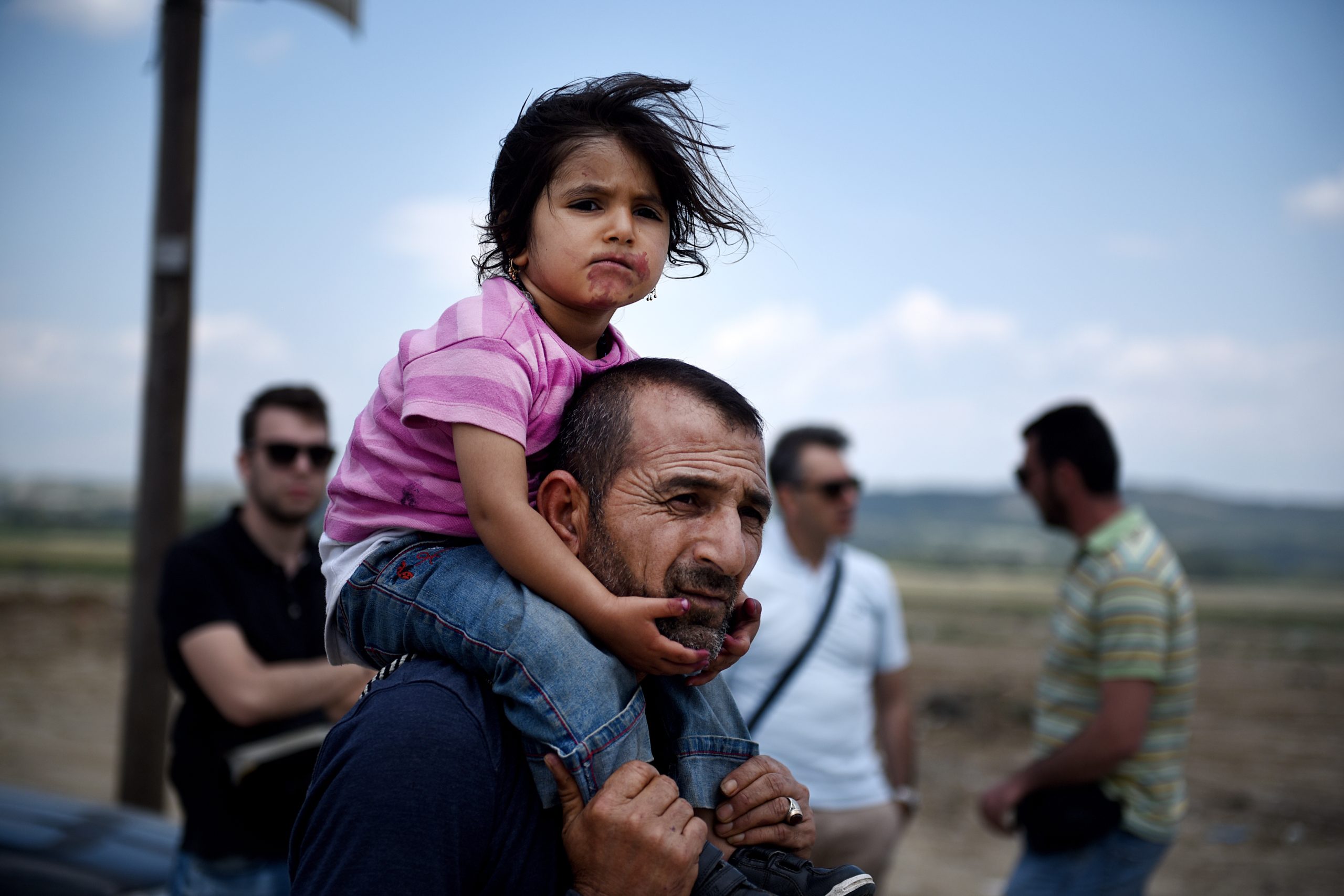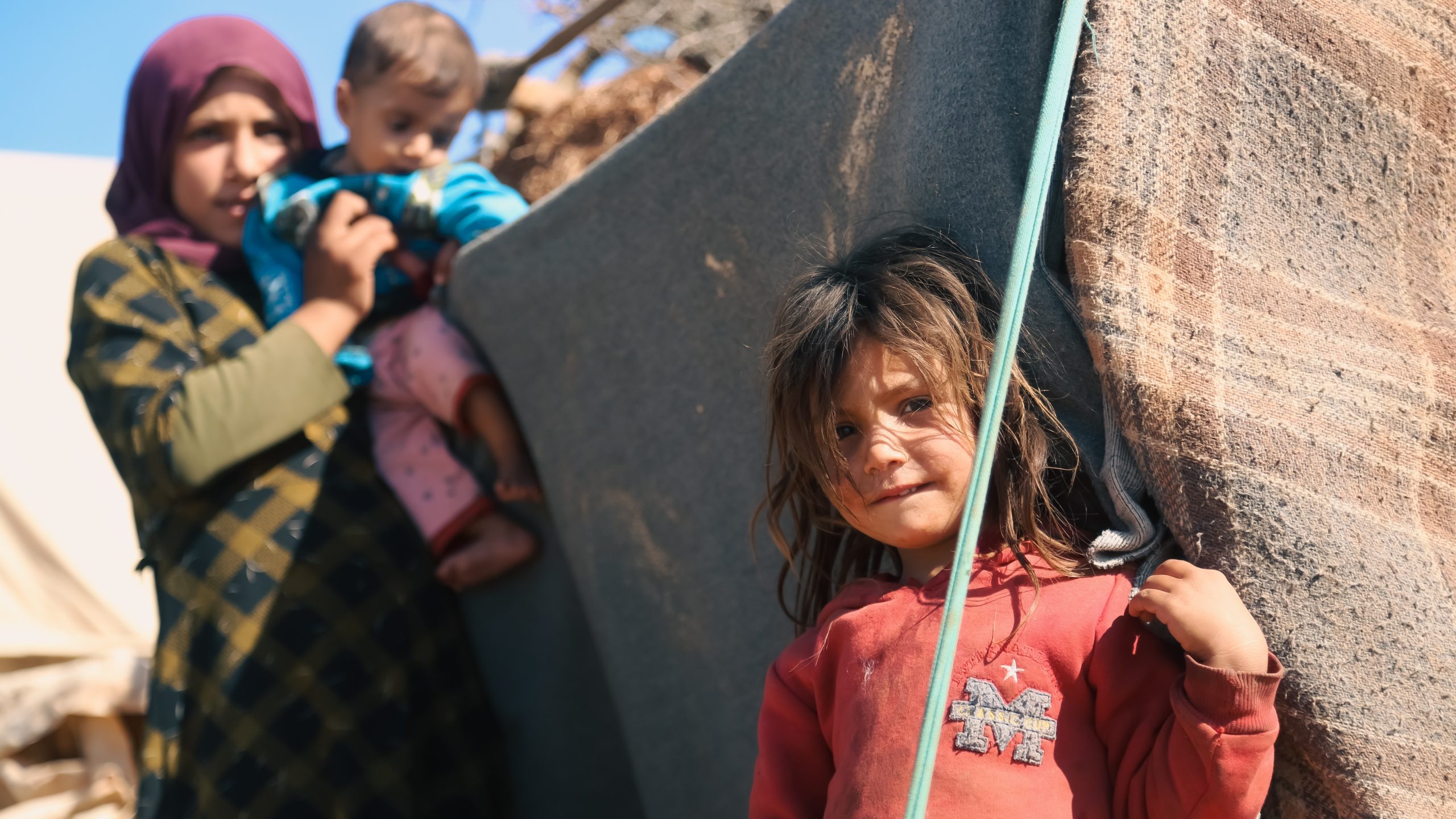On 1 August 2009, thousands of Muslim supremacists, including members of banned terrorist groups, led a demonstration in the town of Gojra in northeastern Pakistan to protest the supposed desecration of the Koran by Christians. The protest evolved into a riot as Muslims swarmed a Christian neighbourhood with sticks, clubs, firearms, stones, bricks and flammable substances, attacking the residents. They pillaged and burned the houses and other property. A church building was set on fire and destroyed. Main roads and railways were blockaded to keep out the fire brigades. Leaders at local mosques began broadcasting messages, saying that those “who love Mohammed and Islam should gather to defend Islam because it is in danger.”
The riot escalated. Women and children were injured in the house fires, but because of all the blockades and road closures, many were unable to make it to hospitals for immediate medical attention. By the end of the riot, at least one hundred houses had been looted, fifty homes burned down, one church destroyed, fourteen people killed and nineteen others injured. Security measures had been taken by police before the riot, but the effect was minimal at best. It was only after Christian survivors placed the bodies of the deceased along railway tracks as a kind of protest that authorities finally filed formal reports against the perpetrators.
Just days before, on 30 July, the village of Korian, only eleven kilometres from Gojra, was also attacked. Most of the Christian villagers fled to safety, but at least sixty homes were ransacked and then burned to the ground. The attacks at Korian and Gojra were fueled by rumours of blasphemy, which began with an incident on 25 July. During a Christian wedding ceremony, the guests tossed coins and paper currency into the air, letting the children catch the money as it fell, all according to tradition. There was music, laughter, and celebration. Nearby, a Muslim funeral was in progress at the same time, and apparently, the noise from the wedding ceremony disrupted the funeral.
On the following day, certain Muslims visited with the bride’s parents, claiming their sons had cut pages out of the Koran to resemble paper currency, which they had then used as confetti during the wedding ceremony. (Some children may have cut pages out of an old schoolbook, unaware that the pages contained verses from the Koran, as has been reported.)
The father of the bride, Talib Masih, assured the Muslims that the incident hadn’t occurred, but that he would talk with his sons and have them apologise in case they had done anything offensive. The Muslims then jumped on the man, beating him unconscious. A few days later, Muslim clerics sent out a broadcast accusing “infidel Christians” of profaning the Koran and warning them to leave the area unless they wanted to be killed. The Korian and Gojra attacks immediately followed and are considered one of the worst cases of Christian persecution in Pakistan.
In the mainly Muslim nation of Pakistan, Christians constitute less than 5% of the total population, which is around 175 million. Gojra, in Punjab province, is the headquarters of the Anglican Church of Pakistan, and the province itself is home to most of the country’s Christian minority. It is also the home base of at least forty militant Islamic groups, some linked to the Taliban and al-Qaeda. Strict and outdated blasphemy laws exist in the country, which are repeatedly misused in order to carry out militant agendas against Christians.
An astounding faith is one that faces death every day for the sake of Christ. Jesus said, “If anyone would come after me, let him deny himself and take up the cross and follow me” (Matthew 16:24). Pakistani Christians follow this mandate literally to the point of death. They die for nothing other than lifting up the name of Christ and bearing the title of Christian, but in their brave sacrifice, their story is not over. “For whoever would save his life will lose it, but whoever loses his life for my sake will find it” (Matthew 16:25).




Submit a Prayer